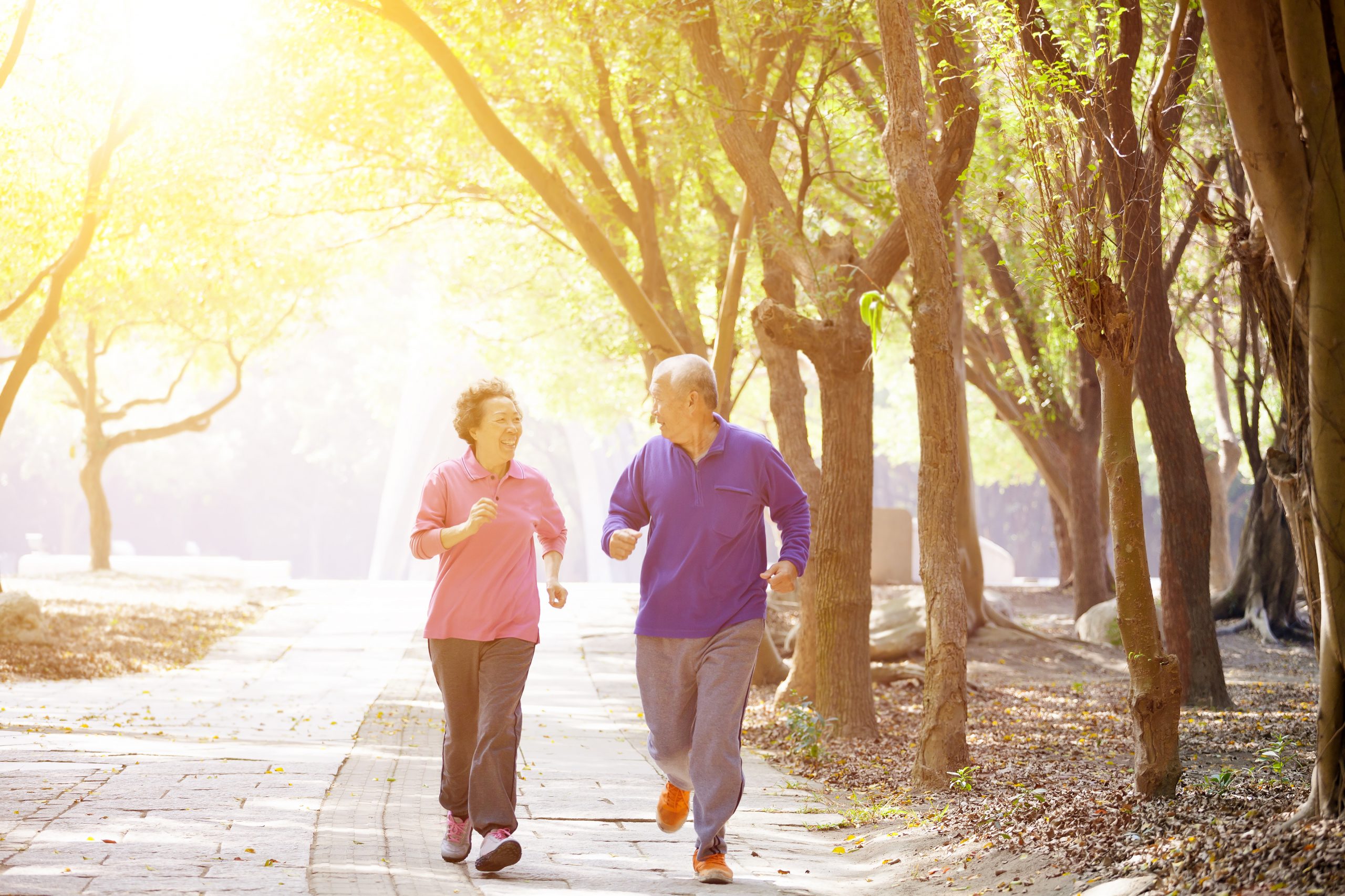Hot weather is a major influence on sedentary behaviour, however Accredited Exercise Physiologist Kate Battocchio says it’s important to remain as active as possible.
Examples of sedentary behaviour include:
- Sitting or lying down while watching television or playing electronic games.
- Sitting while driving a vehicle, or while traveling.
- Sitting or lying down to read, study, write, or work at a desk.
The National Physical Activity and Sedentary Behaviour Guidelines for Adults (18-64 years) recommend at least two and a half to five hours of moderate physical activity, or one and a quarter to two and a half hours of vigorous physical activity a week.
‘But I am over 65. How much physical activity do I need?’
No matter what age, staying active will ensure you get the best out of life.
There are five physical activity recommendations for older Australians:
- Older people should do some form of activity, no matter age, weight, or health problems.
- Older people should be active every day in as many ways as possible, doing a range of physical activities that incorporate fitness, strength, balance and flexibility.
- Older people should accumulate at least 30 minutes of moderate intensity physical activity on most, preferably all days.
- Older people who have stopped physical activity, or who are starting a new physical activity, should start at a level that is easily manageable and gradually build up the recommended amount, type and frequency.
- Older people who continue to enjoy a lifetime of vigorous physical activity should carry on doing so in a manner suited to their capability into later life, provided recommended safety procedures and guidelines are adhered to.
Ideas for building up 30 minutes of physical activity
- Get out in nature: go for a bush walk, mountain hike, walk along the beach; visit a waterfall, lookout or lake that involves a walk; get a book on birds and go bird watching; get out in the garden and plant some vegetables.
- Get wet: visit the local pool, rock pool, waterhole, or dam for a swim; go snorkeling, kayaking or canoeing; join an ocean swimming group or event; learn to stand-up paddle; join an aqua-aerobics class.
- Work-out at home: cleaning e.g. mopping, vacuuming, washing the car, yard work; resistance training using bands, hand weights (or tins of food); try a workout DVD or app; do sit to stands (or other exercises) during the add breaks on TV; do calf-raises while brushing teeth or waiting for the kettle to boil.






